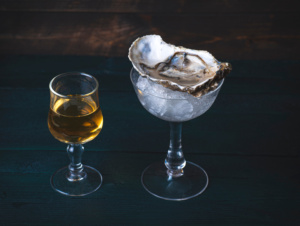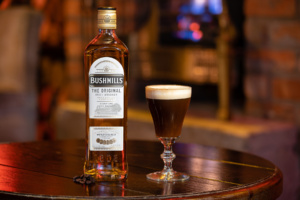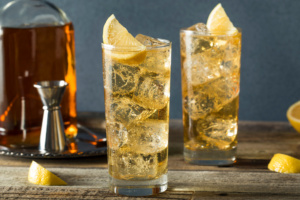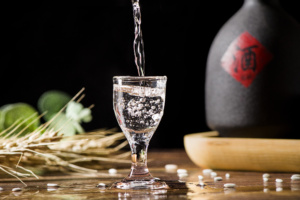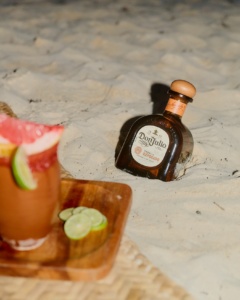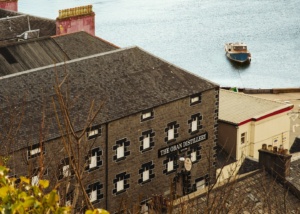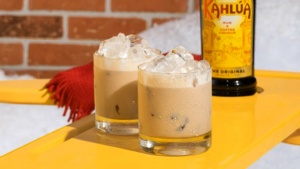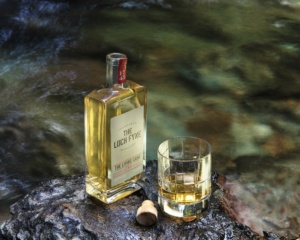What is Teaspooned Whisky?

As any whisky drinker or non-whisky drinker knows, there's a lot of lingo associated with the water of life - much of which stems from all of the categories and rules to be followed within Scotch whisky making. Single malt and blended Scotch are the most well known, but we also have blended malt (made without any grain whiskies, only two or more single malts), pure malt (the same thing, but out-with Scottish law) and single grain (like single malt, but made with cereal grain instead), for example.
These laws are important, as they uphold the quality of whisky and protect distilleries from any imitations. However, there is a type of blended whisky that is a way for distilleries to protect themselves. Started by William Grant & Son's in the 1980s, it is known as 'teaspooning'. Teaspooned whisky is a single malt from one distillery that has had a very small amount (usually a teaspoon's worth) of another distillery's liquid added to the cask. The resulting decanted whisky can no longer be referred to as a single malt, or given the name of the distillery. It is now a nameless blended malt. Why would they do this, you ask?
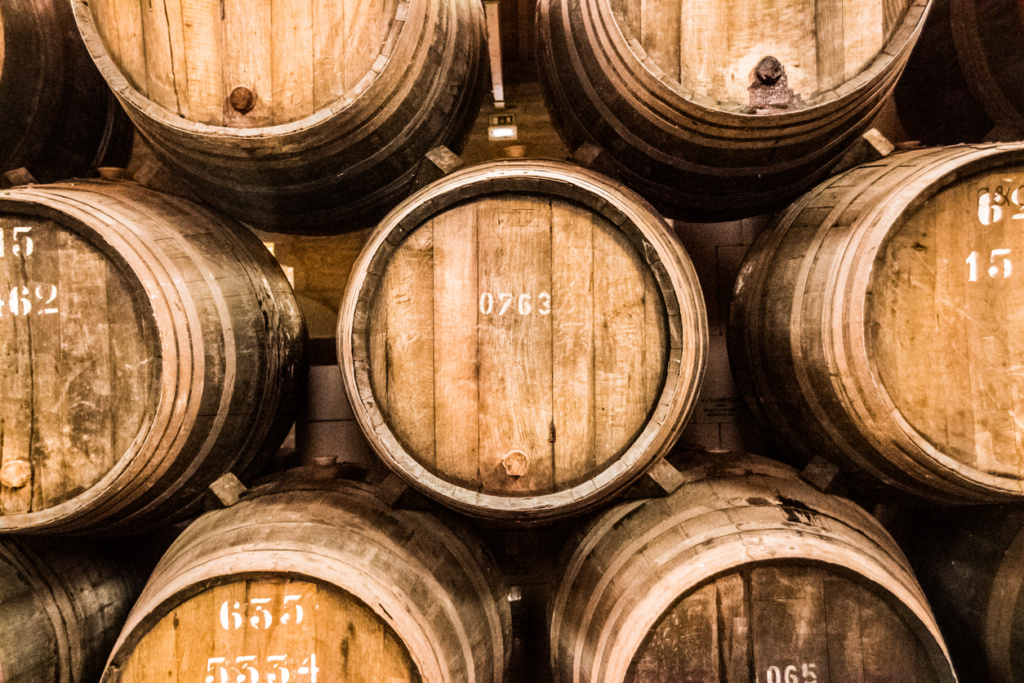
Distilleries routinely swap casks of single malt between each other for blending, and casks are routinely sold on within the cask brokerage system. Teaspooning emerged as a very simple way to protect brands, by preventing the use of the distillery name if these casks are subsequently sold on to independent bottlers. The liquid is figuratively the same, however according to the rules surrounding Scotch whisky (dictated by the Scotch Whisky Association), the cask will never be the same again. It will never be a single malt, or a Glenfiddich, Macallan or Bowmore, again. Therefore, independent bottlers cannot legally bottle the cask under the name.
This helps the distillery protect their house style, especially when this may have been sub-par liquid intended only for blending. For example, a particular distillery may only bottle their single malt at 10+ years, only finish in sherry casks and bring down the abv to 50%. An independent bottler may decant a younger whisky, finish in any cask and bring down the abv to anything they choose - this would be worrying for brands who have a rep to protect.

These 'teaspooned' malts are sometimes given new code names - alter-egos if you will. Balvenie teaspooned with Glenfiddich is known as Burnside, Glenfiddich teaspooned with Balvenie is known as Wardhead, and teaspooned Laphroaig is often called Williamson. These new names make the whole system less confusing for cask brokers and independent bottlers, and signify a lower market value. If you come upon a Williamson cask, you know straight away that you're getting a bargain Laphroaig - but you cannot label it Laphroaig.
Some independent bottlers like to get creative with their labels for these teaspooned whiskies - cheekily echoing the distillery name. For example, Murray McDavid previously bottled an Islay whisky named Leapfrog. That Boutique-y Whisky Company recently released a teaspooned Speyside whisky with two prominent figures from the source distillery depicted on the front - along with two teaspoons. Though some choose to use this industry code name, such as Islay Sponge Kildalton. A quick internet search will tell you what this one means. Teaspooning can only do so much!
 4.7/5 with 10,000+ reviews
4.7/5 with 10,000+ reviews
